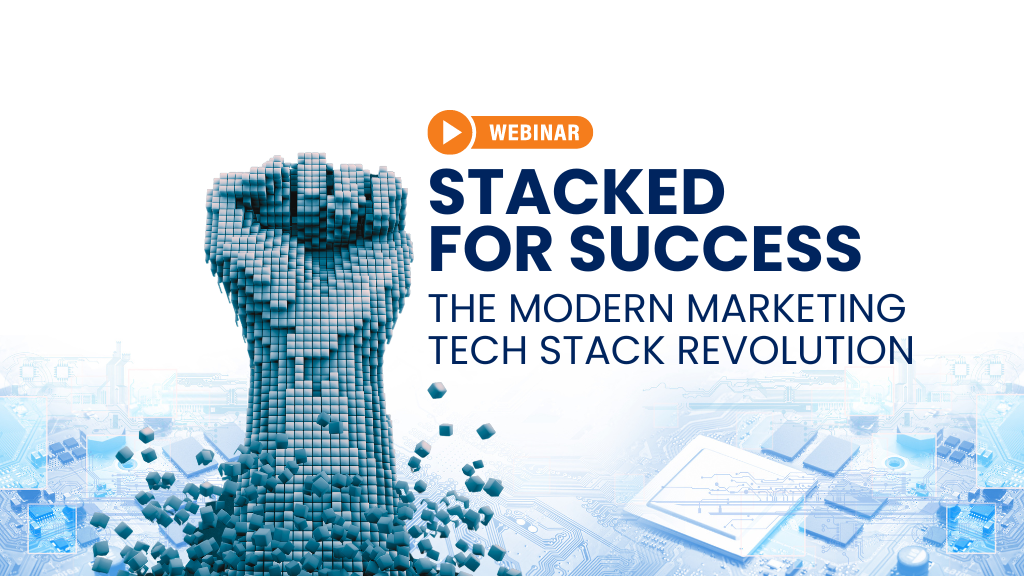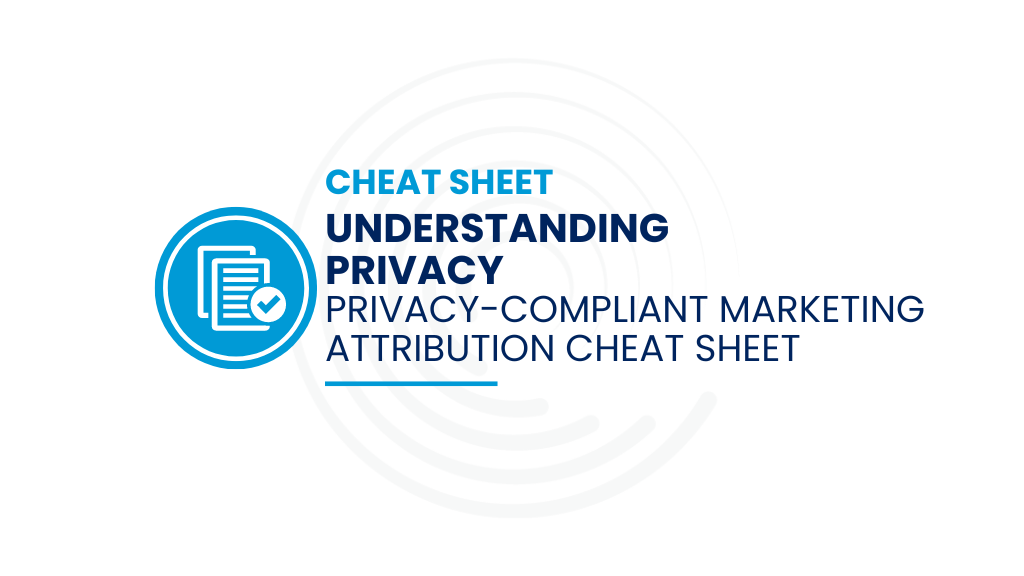Jason Lemkin wrote a great post last month on Why lead Velocity Rate (LVR) is the Most Important Metric in SaaS. He argues that pipeline metrics alone are not enough to predict if you will hit your numbers due to inconsistent rep behavior and encourages organizations to look at Marketing Qualified Lead (MQL) growth as a leading indicator of future sales.
This got me thinking about other aspects of the marketing funnel that you need to understand before you can actually predict the future. Not only do you need to know how many MQLs you are generating, but you also need to know the MQL velocity, how long it takes for new names to become MQL. Sometimes a name can sit in your database for months before it is qualified enough for sales and in order to maintain a healthy MQL rate you are going to have to learn to nurture your existing database.
Once you have generated those MQLs you also need visibility into when they become Sales Accepted (SAL) and then Sales Qualified (SQL). This lets you see where things are getting stuck in the funnel and by looking at MQL velocity at a more granular level of detail, such as by campaign response or marketing asset you can potentially tweak messaging and sales follow up to increase the throughput of your leads.
Learn more about best practices in designing and implementing your lead lifecycle in Salesforce. Measure your lead progression with automated funnel stage tracking. Check out the Best Practices for Designing a Lead Lifecycle in Salesforce whitepaper.







